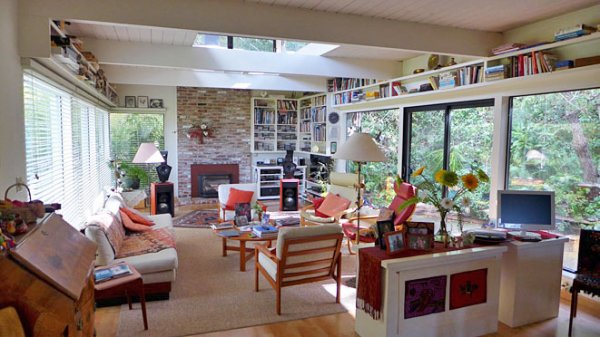That would be where you and Toole and I part company. In fact, I'm a little shocked that Toole, or anyone as learned and experienced as Toole, would say this. Perhaps I need even more context, to understand what he means by "sacrificing imaging qualities." Semantics, perhaps. "image stability and depth in the sound stage" are not the same thing as pinpoint imaging and instrument placement. Maybe Toole is talking about something completely different, but I know for certain that if you take speakers out of a heavily treated room and set them up in a significantly more reflective one, there are unquestionably notable differences in the imaging. "Sacrifices?" We've just dived deep into the subjective zone again, but there is no doubt that if enough reflections are brought into play in the more reflective room, the placement of instruments in the horizontal field will be less precise. But it will also be arguably less natural. Do we not agree on this as well?
Tim
Tim,
Each room is a particular case and speculating about imaginary rooms is useless. We have many opinions about room treatment - and I have found that the treatment of the lateral first reflection points is a source of divergence among the learned and experienced acoustics people. Do you know who wrote " the side walls should not absorb sound at the reflection points but diffuse it? " He owns this room and he is a great speaker designer.
















